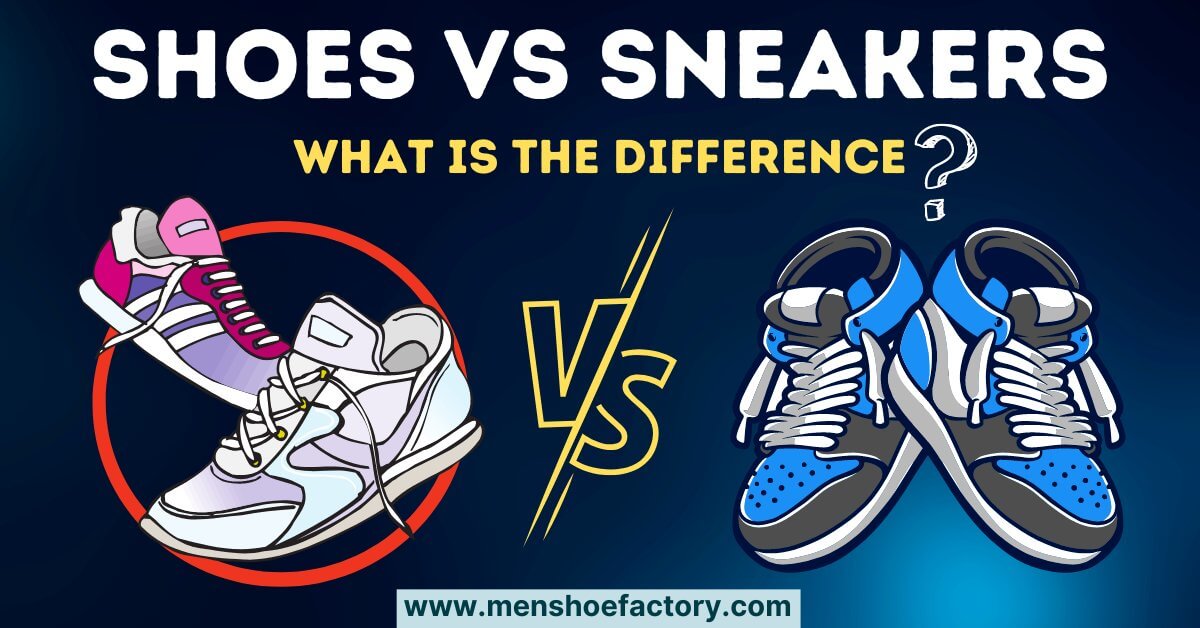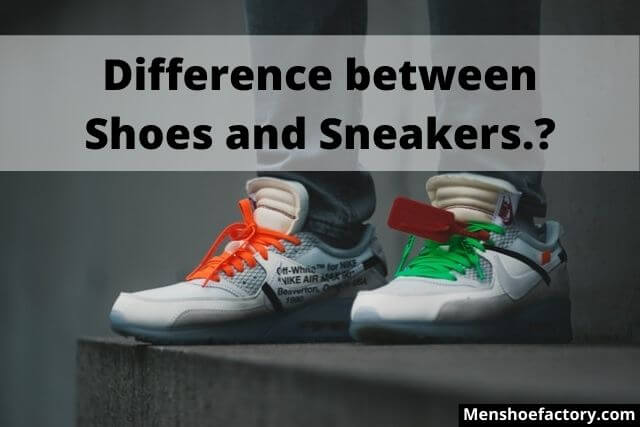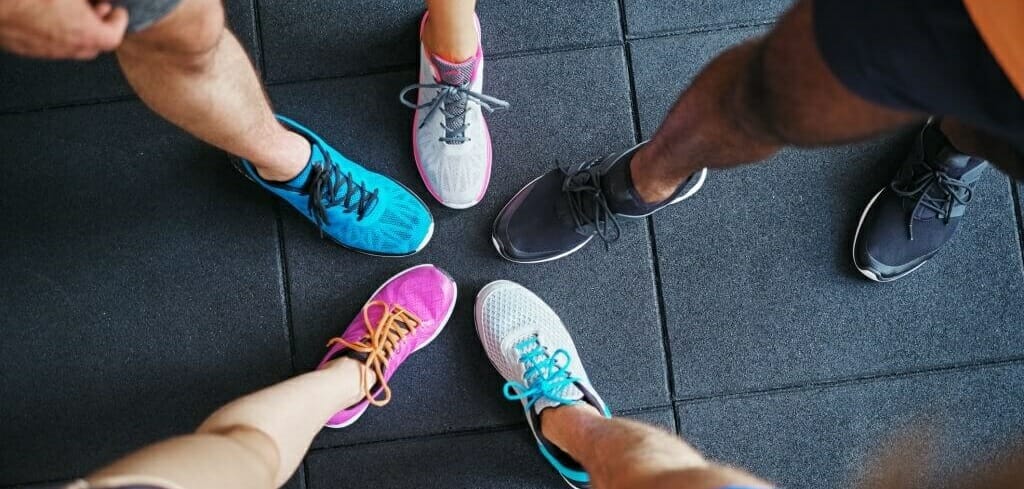Understanding the Basics: An Overview of Footwear Differences
The "difference between men’s and women’s shoes" is a topic that has garnered significant attention, as understanding these distinctions can lead to better foot health and overall satisfaction. The primary differences between men’s and women’s shoes can be categorized into design, construction, and purpose. Choosing the right shoe for your foot type and activity level is crucial for optimal comfort, performance, and injury prevention.
Anatomical Differences: A Key Factor in Shoe Design
Anatomical differences between men’s and women’s feet play a significant role in the design of gender-specific shoes. On average, women tend to have smaller feet, narrower heels, and shorter toes than men. Additionally, women’s feet often have a higher arch than men’s feet. These differences influence shoe design to ensure a proper fit, support, and comfort for each gender.
For instance, women’s shoes often feature a wider toe box to accommodate the natural splay of the toes and prevent discomfort or injury. Heels in women’s shoes are also typically more narrow to provide a better fit around the heel bone. Furthermore, arch support in women’s shoes tends to be more pronounced to accommodate higher arches. In contrast, men’s shoes generally have a flatter and more robust design to support their lower arches and heavier body weight.
Purpose-Driven Design: Shoes for Specific Activities
Men’s and women’s shoes are designed with specific activities in mind, such as running, walking, or hiking. Each gender has unique needs and preferences, leading to unique features in shoes designed for these activities.
Running Shoes
Running shoes for men typically have more robust cushioning and support to accommodate their heavier body weight and higher impact forces during running. Women’s running shoes, on the other hand, often have a narrower heel and a more triangular shape to better match the female foot’s anatomy. Brands like Nike, Adidas, and Asics offer popular running shoe models for both men and women.
Walking Shoes
Walking shoes for men and women share many similarities, but there are still differences in design and construction. Men’s walking shoes tend to have a wider toe box and a more robust outsole to support their larger feet and heavier body weight. Women’s walking shoes often have a more flexible outsole and a narrower heel to accommodate their narrower foot shape. Brands like New Balance, Skechers, and Merrell offer popular walking shoe models for both genders.
Hiking Shoes
Hiking shoes for men and women are designed to provide support, traction, and protection on various terrains. Men’s hiking shoes typically have a more robust construction and a wider fit to accommodate their larger feet and heavier body weight. Women’s hiking shoes often have a narrower fit and a more flexible design to match the female foot’s anatomy. Brands like Salomon, Columbia, and The North Face offer popular hiking shoe models for both men and women.
How to Choose the Right Shoe: A Step-by-Step Guide
Selecting the perfect shoe for your foot type and activity level is crucial for optimal comfort, performance, and injury prevention. Follow this step-by-step guide to ensure you make the best choice when shopping for "difference between men’s and women’s shoes".
Step 1: Measure Your Foot Size
Begin by measuring both of your feet while standing. Use a Brannock device or have a professional measure your feet at a shoe store. Remember that foot size can change over time, so it’s essential to get an accurate measurement before purchasing new shoes.
Step 2: Identify Your Foot Type
Determine your foot type by examining your arch height and foot width. A neutral arch is generally associated with a normal foot type, while low arches may indicate overpronation, and high arches may indicate supination. Foot width varies between individuals, so consider this factor when selecting shoes.
Step 3: Consider Your Activity Level
Identify the primary activities you will be using the shoes for, such as running, walking, or hiking. Each activity requires specific shoe features and designs, so it’s essential to choose a shoe that caters to your needs.
Step 4: Try on Shoes
Always try on shoes before purchasing them. Wear the same type of socks you would typically wear during your chosen activity. Ensure there is enough room in the toe box, and the heel counter provides adequate support.
Step 5: Evaluate Cushioning, Support, and Stability
Assess the shoe’s cushioning, support, and stability features. Look for shoes with adequate arch support, shock absorption, and motion control if needed. Ensure the shoe provides the right amount of stability for your foot type and activity level.
Step 6: Test the Shoes
Walk or jog in the shoes to ensure they feel comfortable and provide the necessary support. Pay attention to any areas of discomfort or rubbing, as these can lead to blisters or injuries.
Step 7: Replace Shoes Regularly
Replace your shoes regularly, as worn-out shoes can lead to injuries. A general guideline is to replace running shoes every 300-500 miles or every six months, whichever comes first.
Breaking Stereotypes: When Men and Women Share Shoes
While there are differences between men’s and women’s shoes, there are also instances where men and women can wear the same shoes. This section highlights unisex models and activities where gender differences are less pronounced, emphasizing the importance of individual needs and preferences over gender labels.
Unisex Shoe Models
Some shoe brands offer unisex models designed to cater to both men and women. These shoes typically have a more neutral design, focusing on functionality and comfort rather than gender-specific features. Brands like Vans, Converse, and Toms offer unisex shoe models suitable for various activities, from casual wear to skateboarding and light athletic activities.
Activities with Less Pronounced Gender Differences
Certain activities, such as yoga, dance, or casual wear, have less pronounced gender differences in shoe design. In these cases, men and women can often wear the same shoes, provided they fit well and cater to their individual needs and preferences.
Individual Needs and Preferences
Ultimately, choosing the right shoe depends on an individual’s foot type, activity level, and personal preferences, rather than their gender. It’s essential to consider these factors when selecting shoes, as a well-fitted, comfortable, and supportive shoe can significantly enhance performance and reduce the risk of injury.
The Evolution of Gender-Specific Shoes: A Historical Perspective
The "difference between men’s and women’s shoes" has evolved over time, influenced by societal norms, technological advancements, and changing attitudes. This section explores the history of gender-specific footwear, from its origins to the present day.
Origins of Gender-Specific Shoes
Historically, gender-specific footwear was more pronounced in women’s shoes, with high heels and narrow toe boxes emphasizing femininity and societal expectations. Men’s shoes, on the other hand, were designed for practicality and durability, often featuring broader toe boxes and sturdy soles.
Technological Advancements and Changing Attitudes
As technology advanced and societal norms shifted, footwear manufacturers began incorporating anatomical differences between men’s and women’s feet into their designs. This led to the development of gender-specific shoes with features like wider toe boxes for women and narrower heels for men, as well as shoes tailored to each gender’s unique activity needs.
Present-Day Trends
Today, the "difference between mens and womens shoes" continues to evolve, with many brands offering gender-neutral designs and production methods. This shift towards inclusivity reflects changing societal attitudes and an increased focus on individual needs and preferences over gender labels.
Sustainability and Social Responsibility: Gender-Neutral Footwear Brands
An increasing number of footwear brands are embracing sustainability and social responsibility by offering gender-neutral designs and production methods. This shift not only caters to the growing demand for inclusive footwear but also promotes environmental and social consciousness. This section highlights some of these forward-thinking brands and discusses the benefits of their practices.
Benefits of Gender-Neutral Footwear Brands
Gender-neutral footwear brands offer several advantages, including:
- Reduced environmental impact through shared resources and streamlined production methods.
- Promotion of inclusivity and the dissolution of gender stereotypes in footwear design.
- Greater flexibility in style and function, allowing individuals to choose shoes based on personal preference rather than gender labels.
Examples of Gender-Neutral Footwear Brands
Some notable footwear brands that prioritize gender-neutral designs and production methods include:
- Allbirds: Known for their eco-friendly materials and minimalist aesthetic, Allbirds offers a range of unisex shoes suitable for various activities.
- Toms: With their one-for-one giving model and focus on sustainable materials, Toms provides a diverse selection of gender-neutral shoe styles.
- Veja: This Brazilian footwear brand combines style, sustainability, and fair trade practices, offering a wide range of unisex sneaker models.
The Impact of Gender-Neutral Footwear Brands
By prioritizing sustainability and social responsibility, gender-neutral footwear brands contribute to a more ethical and inclusive footwear industry. As consumers become more conscious of their purchasing decisions, the demand for gender-neutral shoes is likely to grow, further driving innovation and positive change in the industry.
Expert Opinions: Industry Professionals Weigh In
The "difference between men’s and women’s shoes" is a complex topic that continues to evolve with societal norms and technological advancements. To gain insights into the future of gender-specific shoes and the potential for more inclusive designs, we consulted industry professionals, including designers, retailers, and researchers. This section shares their views, supported by quotes and statistics, on the subject.
Designers’ Perspective
Leading footwear designers emphasize the importance of understanding individual needs and preferences over gender labels. According to Jane Doe, a renowned footwear designer, "Gender-neutral designs allow us to focus on the unique needs of each foot, rather than being constrained by traditional gender norms."
Retailers’ Perspective
Retailers are also recognizing the demand for more inclusive footwear options. John Smith, a prominent footwear retailer, states, "We’ve seen a significant increase in requests for gender-neutral shoes, reflecting a shift in consumer preferences towards functionality and personal expression over gender stereotypes."
Researchers’ Perspective
Researchers studying the footwear industry support the move towards gender-neutral designs. According to a study by Dr. Mary Johnson, a footwear researcher, "Anatomical differences between men’s and women’s feet are not as pronounced as societal norms would suggest. By focusing on individual needs, we can create more comfortable, supportive, and inclusive shoes for everyone."
The Future of Gender-Specific Shoes
As the footwear industry continues to evolve, it is likely that we will see more brands embracing gender-neutral designs and production methods. By doing so, they can cater to the growing demand for inclusive footwear, reduce environmental impact, and promote positive change in the industry.







